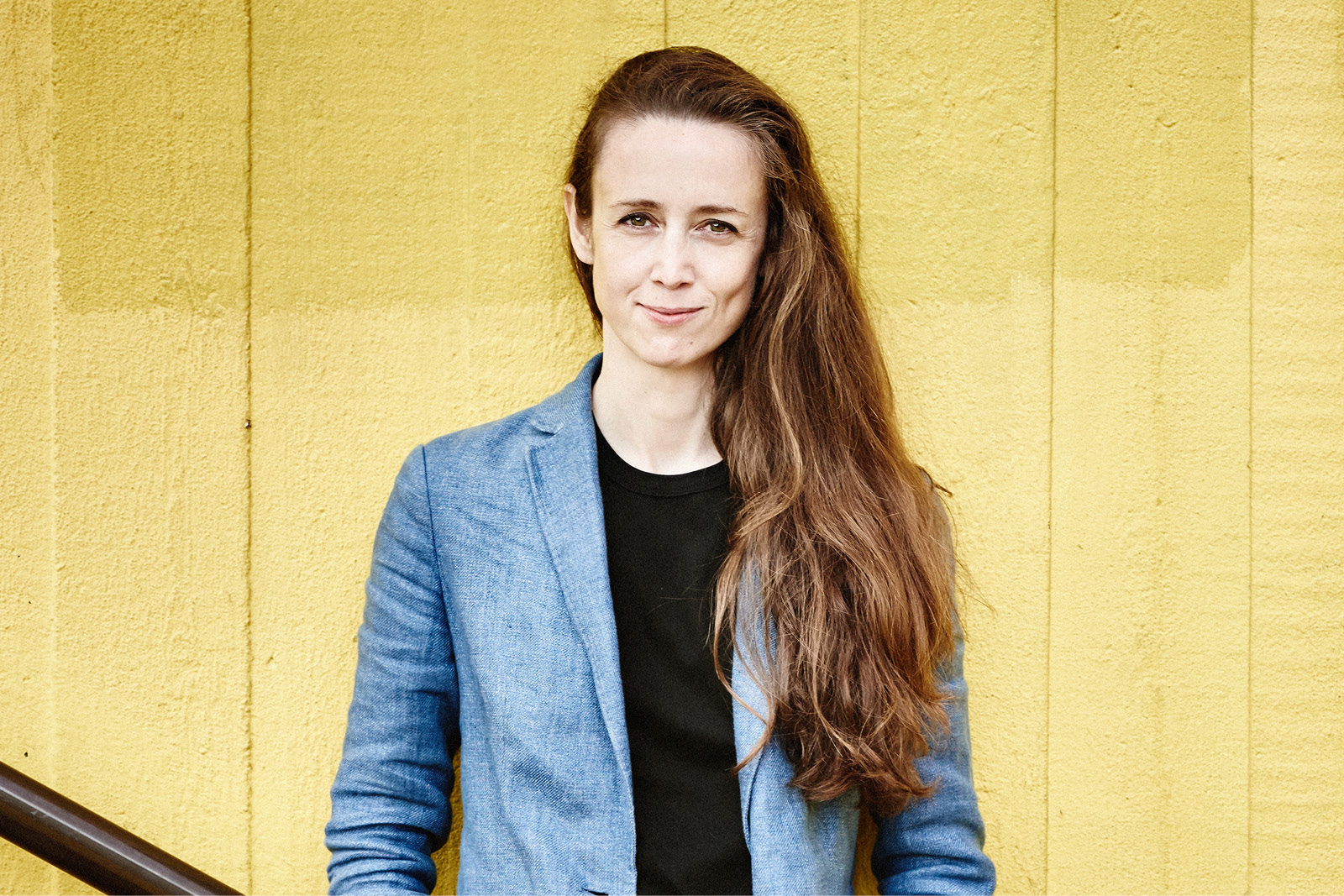In 1955, a young Peter Sculthorpe visited Canberra. The story has it that, upon seeing the rolling topography of the Great Dividing Range and the Brindabellas for the first time, he was inspired to sketch this terrain on a 360-degree graph, forming the basis for a new piece for solo violin: Irkanda I. Writing music to follow the shape of these contours, the beautifully undulating opening melody must surely feel familiar to those who’ve spent any time in the nation’s capital.
 Jessica Cottis. Photo © Kaupo Kikkas
Jessica Cottis. Photo © Kaupo Kikkas
Sculthorpe described this piece as an evocation of the “lonely atmosphere of the wild Australian bush”. There are strange “sounds of the night”, and harmonics that imitate distant birdcalls. Perfect fourths and characteristic minor seconds predominate, perhaps imitating the song of a Canberra resident, the grey butcherbird.
Reflecting on this work, exactly 75 years after it was written, I’m compelled to ask: what makes an Australian sound, philosophy or aesthetic? How do our collective heritages inform our music making? How are we reflecting and interacting with the wonderfully pluralistic nature of Australia today?
I feel a real commitment to Canberra and its music scene. Of course, mine...










Comments
Log in to join the conversation.